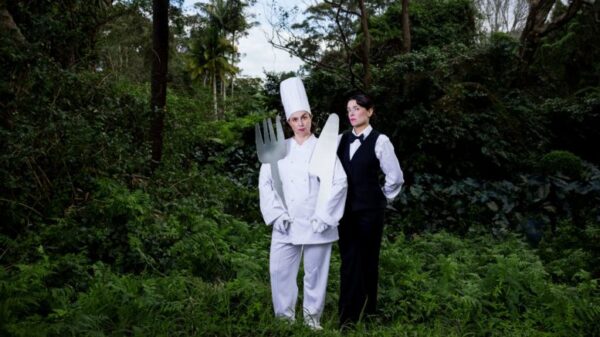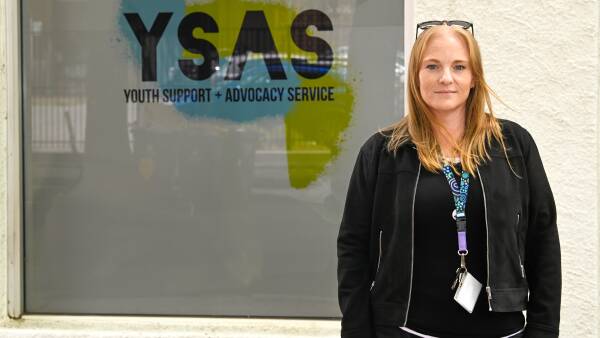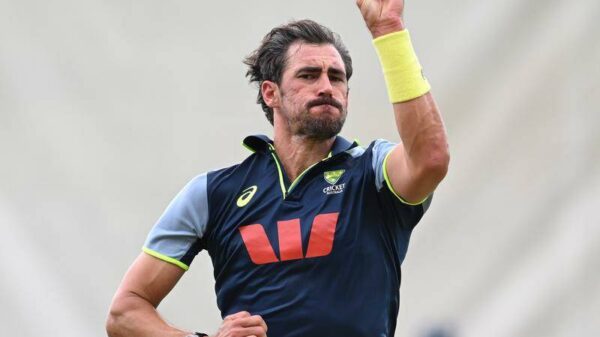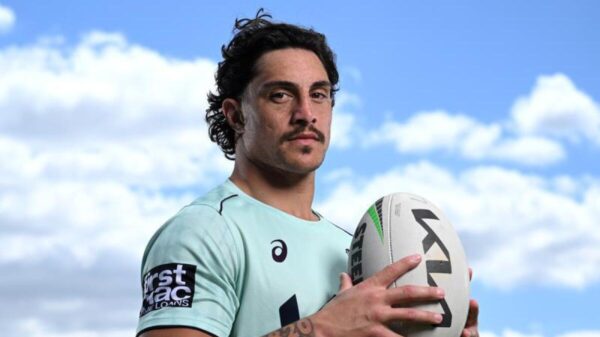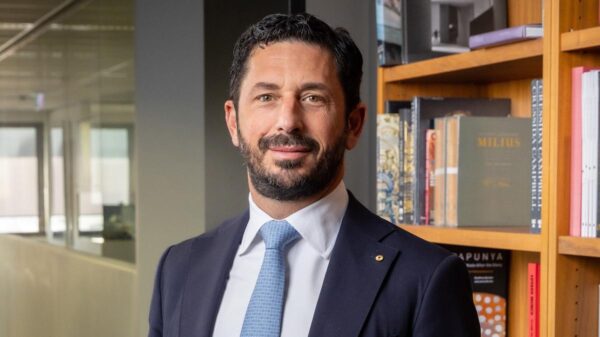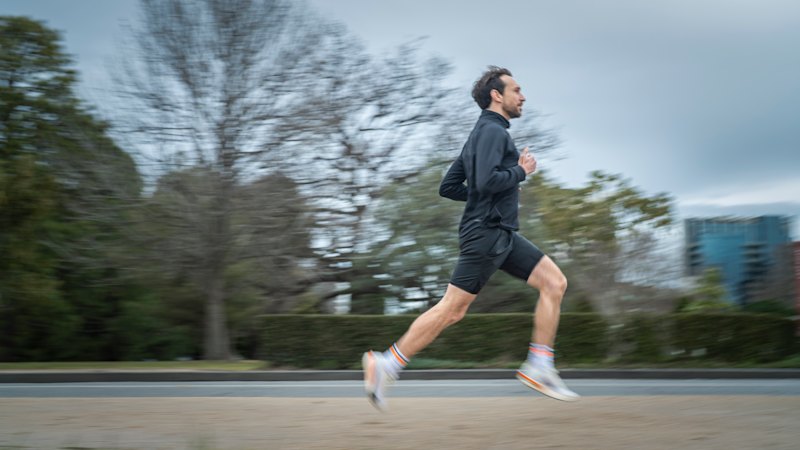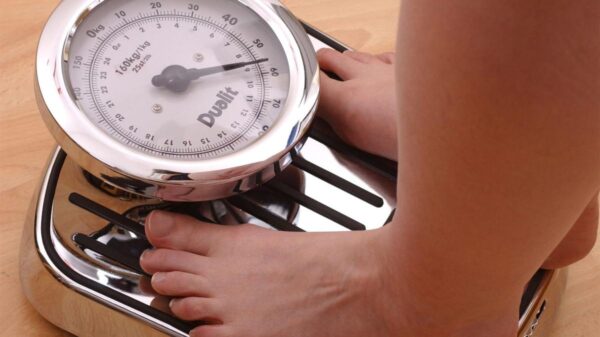UPDATE: Runners are urgently re-evaluating their technique to enhance speed and minimize injury risk, as exemplified by Matt Davies, CEO of MakerX. After years of grappling with injuries, Davies has slashed his marathon personal best to 2 hours, 48 minutes, and 54 seconds through focused adjustments to his running form.
Davies, 35, began working with gait retraining specialist Paul Mackinnon, known as @thebalancedrunner on Instagram. Over the past four years, Davies learned to refine his running technique, resulting in not only improved performance but also a significant reduction in injuries. “That’s really the huge win for me,” he stated, reflecting on his journey from frequent physio visits to running injury-free over 70 kilometers a week.
Experts emphasize that while refining running technique can yield substantial benefits, it must be approached cautiously. Studies indicate that altering running form without professional guidance can lead to new injuries. Christian Barton, a physiotherapy professor at La Trobe University, warns that many runners experience injuries when changing their strike pattern, particularly transitioning from heel to forefoot striking. “I see people getting injured all the time changing running technique,” Barton cautioned.
For the majority of runners, the best strategy to mitigate injury risk lies in their training approach rather than technique changes. Eoin Doyle, a lecturer at Macquarie University, highlighted that training errors are the primary culprits behind running injuries. He advises runners to avoid increasing training intensity too quickly and to follow the 10% rule—never increase mileage by more than 10% from one week to the next.
However, Davies’s success story is sparking interest among aspiring marathoners. His anecdote serves as a reminder that while technique changes can improve speed, they should be implemented gradually and with professional support. Barton suggests that runners focus on building strength and conditioning in the gym, emphasizing that a well-rounded approach can lead to better outcomes.
As the running community grapples with these insights, many are left wondering: How can they improve their running form without risking injury? The answer lies in patience and individualized training. “It can be done. The changes just need to be made slowly, and be quite individualized to the person,” Doyle advised.
Those interested in enhancing their running technique should consider seeking out qualified coaches. Barton reiterated, “I wouldn’t try and change running technique without actually seeking out someone who knows what they’re doing.”
With Davies’s remarkable transformation, the conversation around running techniques is evolving. Runners everywhere are now urged to reflect on their form, potentially unlocking new levels of performance while safeguarding against injury.
Stay tuned for future updates on this developing story as more runners adopt these techniques in pursuit of their personal bests.

